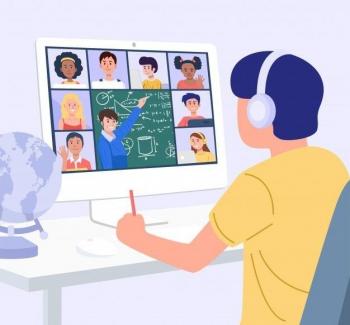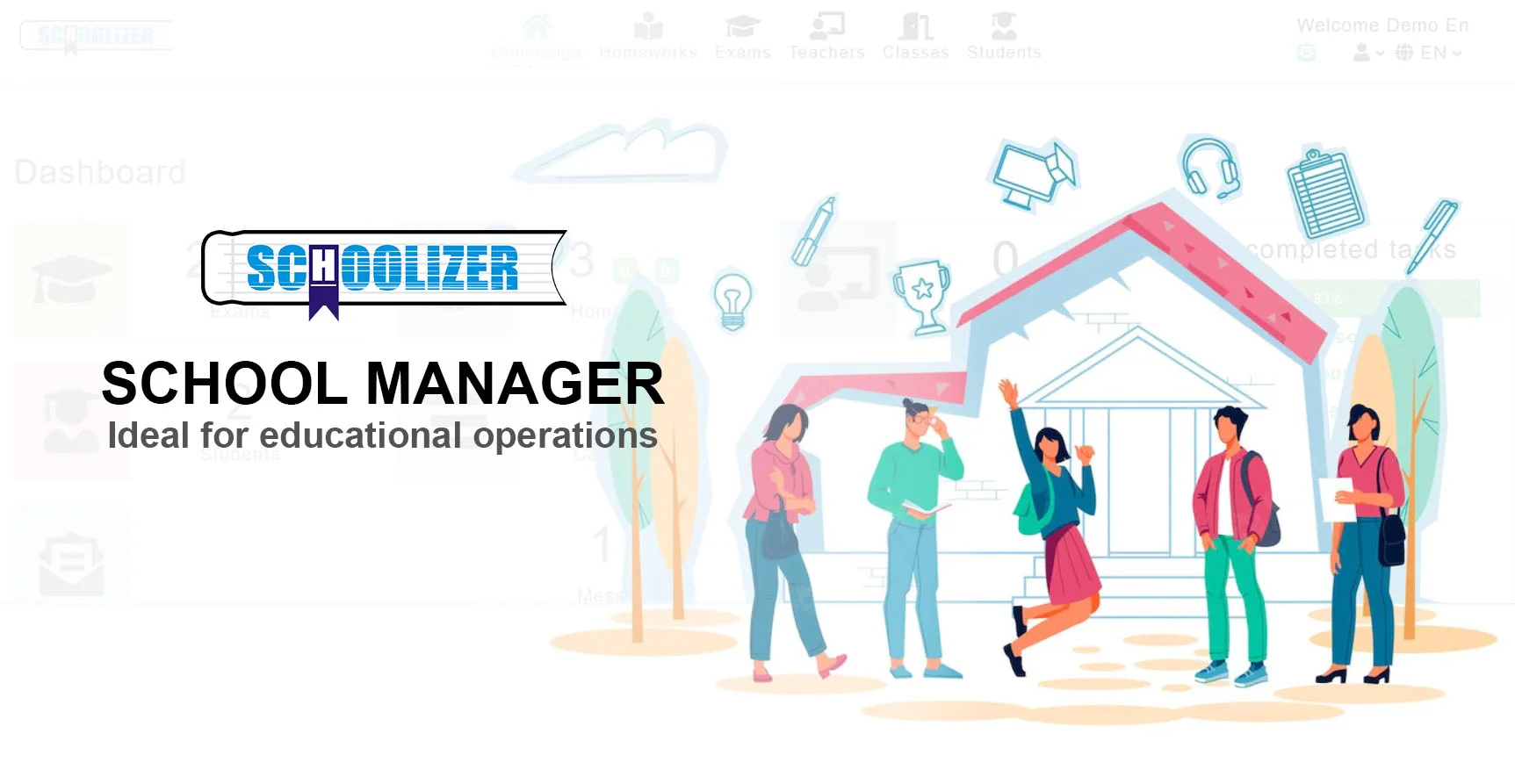Federal Agency Revises Tribal School Choice Plan After Tribal Outcry: What Happened and Why?

Federal Agency Revises Tribal School Choice Plan After Tribal Outcry: What Happened and Why?
What happens when federal education policies clash with tribal sovereignty? How do Indigenous communities respond when their voices are overlooked in decisions affecting their children's education? These questions came to the forefront recently when the U.S. Bureau of Indian Education (BIE) faced fierce opposition from tribal leaders over a proposed school choice program. After significant backlash, the agency was forced to scale back its plans—but what does this mean for the future of Native American education?
The Controversial Tribal School Choice Proposal
The BIE initially proposed a school choice initiative that would have allowed Native American families to use federal funds to send their children to private or religious schools. While school choice programs have gained traction in mainstream education, tribal leaders argued that this approach ignored the unique cultural and educational needs of Indigenous students. Many feared it would divert critical funding away from already under-resourced tribal schools.
For example, the Cherokee Nation publicly condemned the plan, stating that it threatened tribal self-determination in education. Other tribes echoed these concerns, emphasizing that decisions about Native education should be made in consultation with tribal governments, not unilaterally by federal agencies.
Why Did Tribes Oppose the Plan?
The backlash stemmed from deeper issues of sovereignty and self-governance. Tribal leaders argued that the BIE's proposal undermined their authority over education systems designed to preserve Indigenous languages, cultures, and traditions. Many tribal schools incorporate Native history and teachings that mainstream private or religious schools do not provide.
A real-world example is the Red Cloud Indian School in South Dakota, which blends Lakota language and culture with academic curriculum. Tribal leaders worried that a school choice program could weaken such institutions by redirecting students—and funding—elsewhere.
Federal Response: Scaling Back the Plan
Facing mounting pressure, the BIE revised its proposal to exclude private and religious schools, limiting options to public and tribally controlled institutions. This compromise was seen as a partial victory for tribal advocates, though some argue the agency should have consulted tribes before drafting the initial plan.
This situation mirrors past conflicts, such as the No Child Left Behind Act, where standardized testing requirements clashed with culturally responsive teaching methods in Native schools. The recurring theme is clear: policies imposed without tribal input often fail to address Indigenous needs.

The Bigger Picture: Funding and Resource Gaps
Beyond school choice, the controversy highlights chronic underfunding of Native education. According to the National Indian Education Association, BIE schools receive significantly less per-pupil funding than public schools. Many lack basic infrastructure, such as reliable internet or updated textbooks.
For instance, the Hopi Junior/Senior High School in Arizona has struggled with aging facilities and limited resources for years. Advocates argue that instead of diverting funds to school choice, the government should invest directly in improving tribal schools.

What’s Next for Tribal Education?
The revised plan is a step toward acknowledging tribal sovereignty, but advocates stress the need for long-term solutions. Key demands include:
- Increased funding for tribal schools
- Mandatory tribal consultation in federal education policies
- Support for Indigenous-language immersion programs
Some tribes, like the Navajo Nation, are taking education into their own hands by developing community-based schools that integrate Diné culture and values. These models could serve as blueprints for a more equitable system.

Lessons Learned: The Power of Tribal Advocacy
This episode demonstrates how organized tribal advocacy can influence federal policy. By uniting against the BIE’s initial proposal, Indigenous leaders forced the government to reconsider—a reminder that tribal voices matter in education decisions.
Similar advocacy efforts have succeeded elsewhere, such as in New Zealand, where Māori communities secured greater control over their schools. The U.S. could learn from these examples by centering tribal leadership in education reform.






